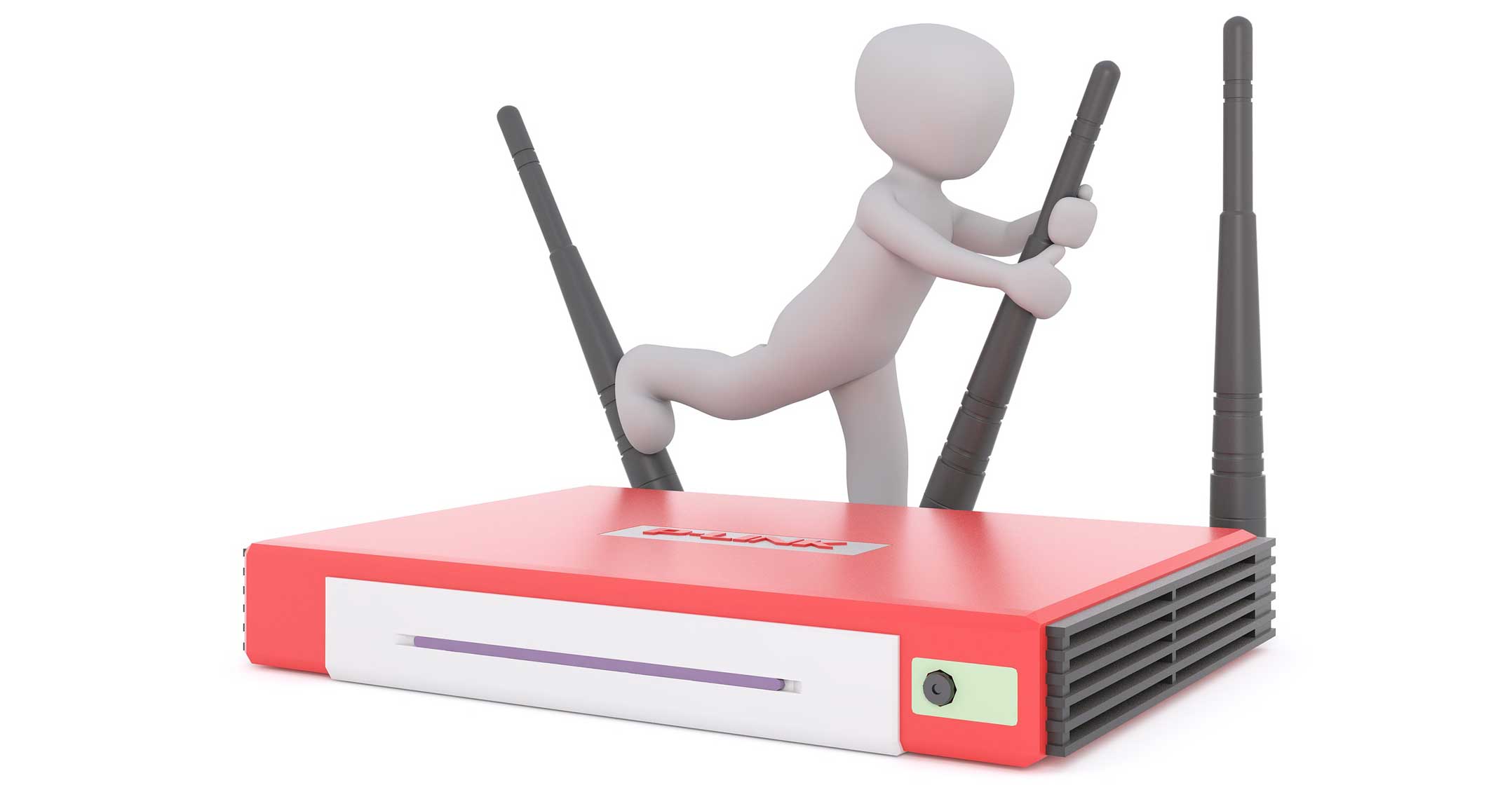 People often turn a blind eye towards the security of their home network. Yet phishing attacks are common with people having less security on their network. After we get our Internet connection installed, we forget about the router, keeping it in a corner of the room and never thinking about it. Well, in this day and age privacy is the most important thing while browsing the Internet.
People often turn a blind eye towards the security of their home network. Yet phishing attacks are common with people having less security on their network. After we get our Internet connection installed, we forget about the router, keeping it in a corner of the room and never thinking about it. Well, in this day and age privacy is the most important thing while browsing the Internet.
Putting a password in and thinking it to be safe is not okay. You need to properly maintain and monitor your network usage and, if you find any suspicious activity, just changing your password might not cut it.
Tweaking your network’s security
This is one of the first step of ensuring the security of your home network. While changing your password, always change your SSID (service set identifier) — your network name — because, by default, your Wi-Fi is named after the model number of your router.
To change your Wi-Fi name, just go to your router’s default gateway page at 192.168.1.1 or 192.168.0.1, or just download the app available for most of the conventional routers. Coming to the password, always use either alphanumeric or special characters if needed and try to make the password at least 8-10 characters.
Wireless networks generally offer multiple encryption schemes, including WPA, WPA2 and WEP. It’s recommended you use the WPA2 protocol, which is the successor of WPA and is miles better than WEP as it’s quite old and has loopholes and makes your network more prone to getting hacked. WPA2 is the industry standard right now because of its much-touted security protocol. There is also WPA3 on the horizon.
Disabling unnecessary services
Most people don’t know much about how a network device works and, as a result, can keep some unnecessary features like “remote access”. Disabling remote access generally makes you less prone to malicious activity and hackers. Another feature, DHCP — dynamic host configuration protocol — gives your devices connected to the network their own IP addresses, but this can also make you less secure. Disabling DHCP can help your network security. However, you will have to put your own static IPs on all of your devices manually.
Maintaining your router
Keeping the router in a centrally located place in your home can not only improve your Wi-Fi speeds but also reduce the overflow of the signal which could be a risk if your Wi-Fi is still available across the street.
Always keep your router’s firmware up to date. Old and obsolete firmware can make your router not only perform less efficiently but also make it prone to hacking and other malicious attacks. To update your router’s firmware, go to your manual or the product’s page on the manufacturer’s website and follow the step-by-step guide provided. In short, you need to access your admin panel and update the firmware.
Setting up a network firewall can also help add a second layer of protection to your network as it blocks anything that the first layer misses. This also helps you stay protected from cyberattacks like Wannacry. If your router doesn’t have a firewall, then use a firewall device separately.
Using a VPN
These days using a virtual private network not only helps you access region-locked content but also improves your personal and network security. VPNs have come a long way since their inception and are now more secure than your network thanks to 256-bit encryption.
Separating IoT devices
Internet of things devices are useful but they have the greatest rate of failure when it comes to security. Most IoT devices ,like Amazon Echo, are cloud based and don’t have any hardware protection, which makes it easier for hackers to gain access. Many routers come with a guest Wi-Fi option. Connect all your IoT devices to the guest network as it prevents any admin access from outside.
- This promoted content was paid for by Arcadia




